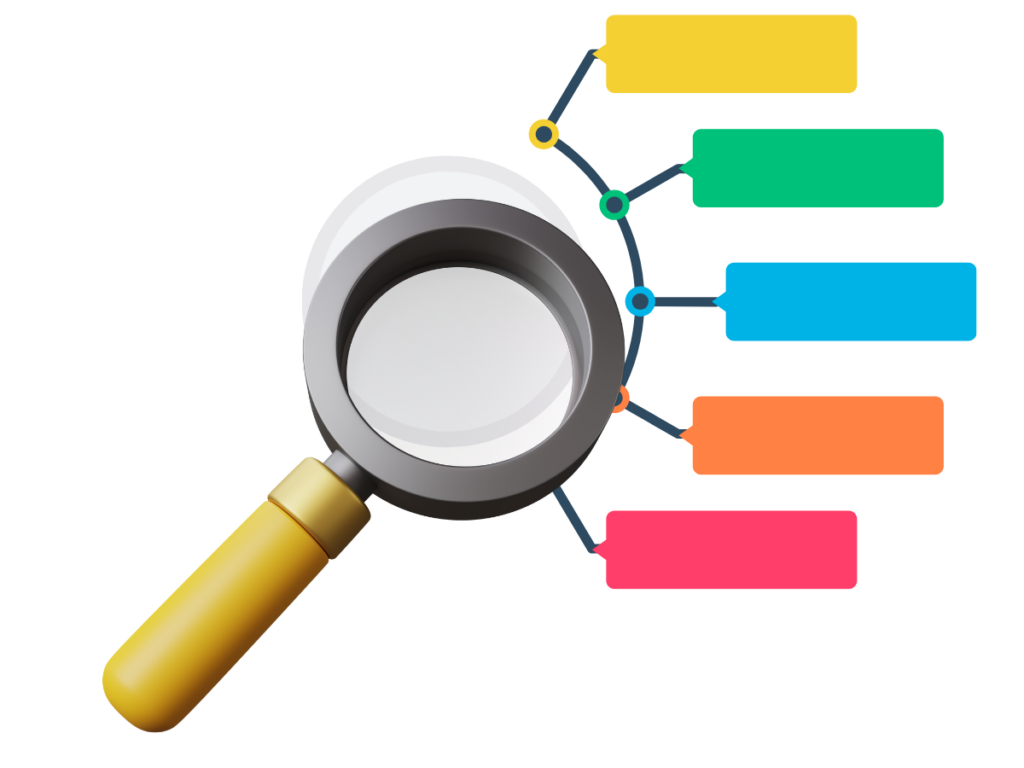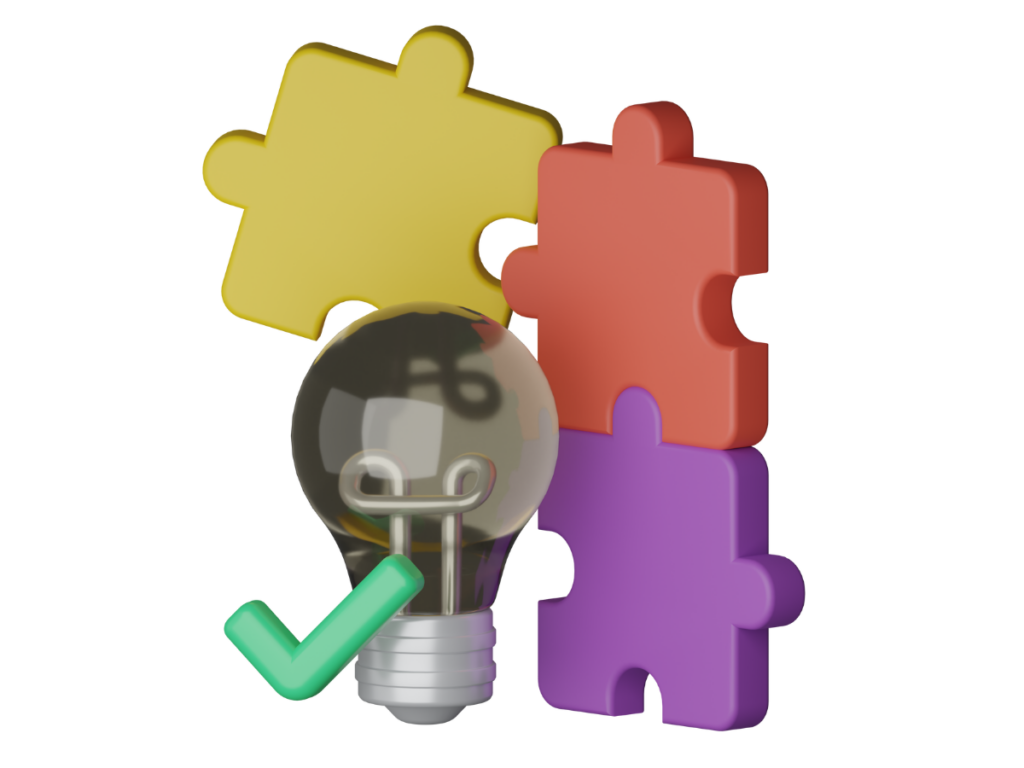Have you ever wondered why some students seem to ace every exam with an A, while others, despite intense studying, barely scrape by with a C? The secret might just lie in how they use Bloom’s Taxonomy to approach their studying.
The key to successful learning isn’t just how much time you spend with your books but how smartly you use that time.
And this is where Bloom’s Taxonomy comes in—a super useful tool that teachers use – but if you know it too, it can help you improve your study strategies and boost your grades.
Basics of Bloom’s Taxonomy
Let’s start with the basics. Bloom’s Taxonomy was developed in 1956 by Benjamin Bloom and his colleagues.
Their goal was to create a classification of learning objectives that covers different levels of thinking. This classification consists of six levels: Remembering, Understanding, Applying, Analyzing, Evaluating, and Creating.
Originally, the taxonomy was designed for educators to help them clearly define learning goals and assess student progress.
Nowadays, modern exam software and learning management systems (LMS) are increasingly incorporating features to sort and analyze questions according to the different levels of Bloom’s Taxonomy.
Great, but why should this matter to you?
In many university exams, questions are designed to cover a range of cognitive skills, as described in Bloom’s Taxonomy.
By understanding these different levels, you can better prepare for the various types of questions you’ll face in your exams. You’ll know exactly what’s expected to score full points when you see a particular keyword in the question.
The number of points awarded typically depends on the type of question. A question that tests factual knowledge (like multiple-choice) will usually be worth fewer points than one that asks you to apply knowledge (like a case study).
And if you take a closer look at the taxonomy, it becomes clear why you didn’t get that top grade in your last exam, even though you spent hours memorizing the entire script!
For example, if you only memorized facts, you’ve only covered the lower levels of the taxonomy. In a task like, “Describe the basic principles of…,” you’re only asked for knowledge.
But when a question says, “Apply the principles of… to example X and explain…,” then you’re dealing with higher levels of the taxonomy, and simply recalling facts won’t cut it.
When you see keywords like “describe, explain, apply,” you’ll know how profs structure their exams, what the expectations for top marks are, and you can tailor your exam prep and study techniques accordingly.
The Six Levels of Bloom’s Taxonomy
1. Remember
The first level is about recalling facts and basic information. In exams, these questions are often multiple-choice or short-answer questions that test simple factual knowledge. They check whether you’ve memorized basic info. You’ll need this as the foundation for deeper questions and analysis. To prepare for these types of questions, flashcards are an effective tool. Regular repetition is also crucial—schedule fixed times in your study plan to revisit and solidify what you’ve learned.
Example exam questions:
- Define the term “photosynthesis.”
- Name the four basic principles of bioethics according to Beauchamp and Childress.

2. Understand
The next level is understanding. Here, it’s about grasping the meaning of information and being able to explain it in your own words. Exam questions might ask you to explain concepts or clarify the significance of theories. To prep for understanding questions, discuss concepts with your classmates. Explain the concepts to each other in your own words. This deepens your understanding and helps clear up any confusion. Paraphrasing is also helpful—try summarizing complex texts in your own words. Creating concept maps or mind maps that show the relationships between different ideas can also help. This visual representation helps you grasp the bigger picture and understand how everything fits together.
Example exam questions:
- Explain how photosynthesis works in your own words.
- Explain the difference between microeconomic and macroeconomic models.
3. Apply
These questions test whether you can apply your theoretical knowledge in practical situations. They might ask you to apply theories and concepts to real-world problems, often using case studies or practical tasks. To prepare for application questions, regularly work on practice problems that challenge you to apply what you’ve learned in new contexts. Or look for case studies that deal with similar problems as those discussed in class and practice analyzing them.
Example exam questions:
- Use a SWOT analysis to assess the strengths and weaknesses of a real company of your choice.
- Apply the concept of Nash equilibrium to analyze the strategic behavior of two competing firms.

4. Analyze
Analyzing involves breaking down information and understanding the relationships between the parts. These questions often require in-depth analysis of texts, data, or theories. They test your critical thinking and ability to dissect complex information. You can practice this by reading academic papers and understanding their argument structures. Or look at how data and statistics are analyzed and interpreted. You could also create argument chains to sharpen your analytical skills.
Example exam questions:
- Analyze the argument structure in Kant’s Critique of Pure Reason and evaluate the validity of his conclusions.
- Compare the various theories of personality development.
5. Evaluate
Evaluating means making judgments about the value and quality of information or methods. Exam questions might ask you to compare and assess different theories or models. Prepare for this by writing critical essays where you compare different theories or models. You can also create evaluation rubrics to assess your own work and that of your peers. Through peer review processes, you can evaluate others’ work and provide feedback.
Example exam questions:
- Evaluate the effectiveness of the European Central Bank’s current monetary policy in the context of post-COVID-19 economic recovery.
- Critique the methodology and conclusions of the study on the effectiveness of online learning compared to in-person instruction.

6. Create
The highest level, creating, involves combining elements to develop something new and original. Exam questions at this level might ask you to formulate hypotheses or develop creative solutions to problems. Use techniques like brainstorming or mind mapping to develop new ideas. You could even participate in projects to work on your creative skills.
Example exam questions:
- Develop a research plan to study the long-term effects of microplastics on marine ecosystems.
- Design an innovative business model for a start-up.
Exam Prep with Bloom’s Taxonomy
So, how can you effectively use Bloom’s Taxonomy for your exam prep?
First, it helps you clearly and systematically define your learning goals. For example, when preparing for an exam, you can organize your study objectives according to the six levels of Bloom’s Taxonomy.
Start with memorizing basic facts (Remembering), then work your way through understanding the concepts (Understanding), and apply what you’ve learned in practice problems (Applying). Next, analyze complex problems (Analyzing), evaluate different solutions (Evaluating), and finally, develop new ideas or projects (Creating). This approach makes your studying more efficient and prepares you perfectly for exams.
Check out my YouTube channel for tutorials on different study techniques. Match them to the levels of the taxonomy: Spaced repetition for remembering. Active recall for remembering and understanding. Inquiry-based learning for analyzing and evaluating. The Feynman technique for applying. Design thinking for creating, and so on.
By using Bloom’s Taxonomy, you can target your preparation for different types of exam questions and optimize your study strategies.
This structured approach not only leads to better grades but also a deeper understanding and higher competence in your field.
By systematically working through this process, you’ll be fully prepared for exams, ace them, and be able to use your knowledge flexibly afterward.
Conclusion – Blooms Taxonomy
Bloom’s Taxonomy shows that deep and lasting learning involves multiple levels that go beyond just memorizing information.
In short, a deep understanding and the ability to apply and evaluate knowledge lead to better exam performance and top grades.
It’s about mastering knowledge and being able to use it flexibly, rather than just memorizing it temporarily.
Of course, there are exceptions. Some exams mainly test factual knowledge. Medical students in their first semester might know this all too well. In these cases, exams are 90% multiple-choice, and they “cross off” answers like there’s no tomorrow.
But now you have the ability to mentally run any kind of exam through the lens of Bloom’s Taxonomy and prepare yourself laser-focused based on that.
This puts you ahead of 99% of others.
